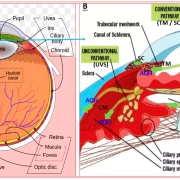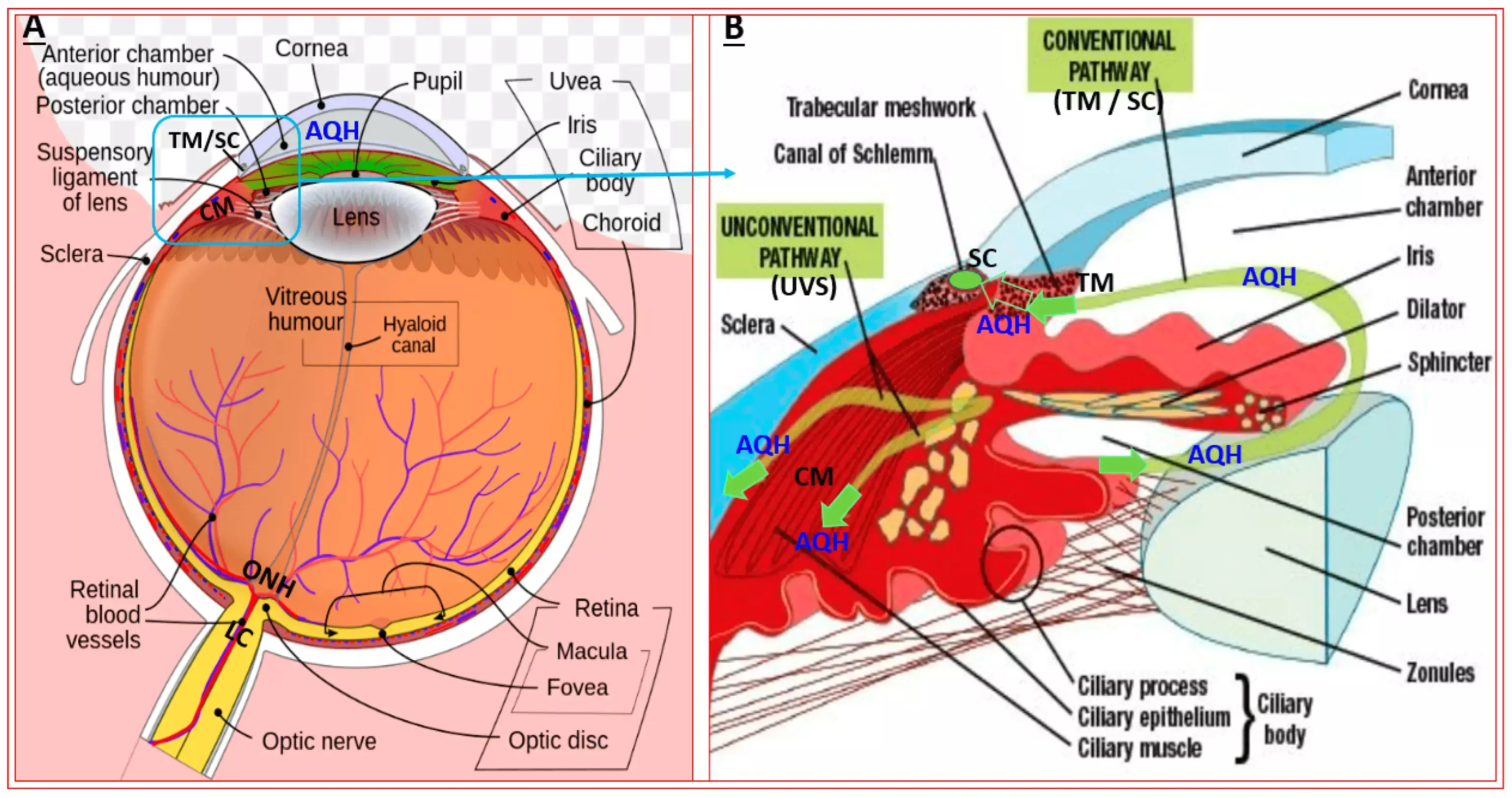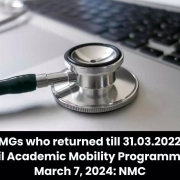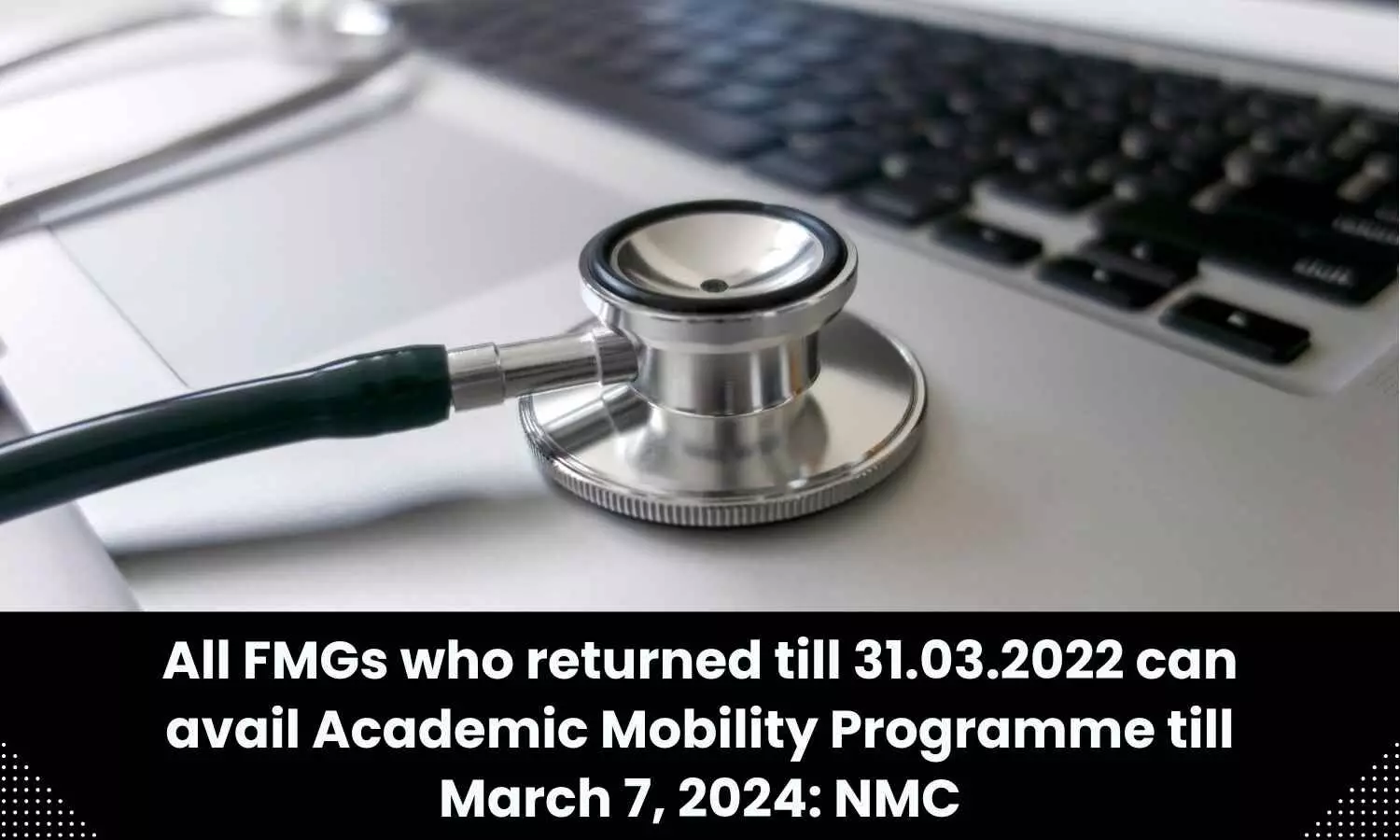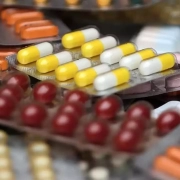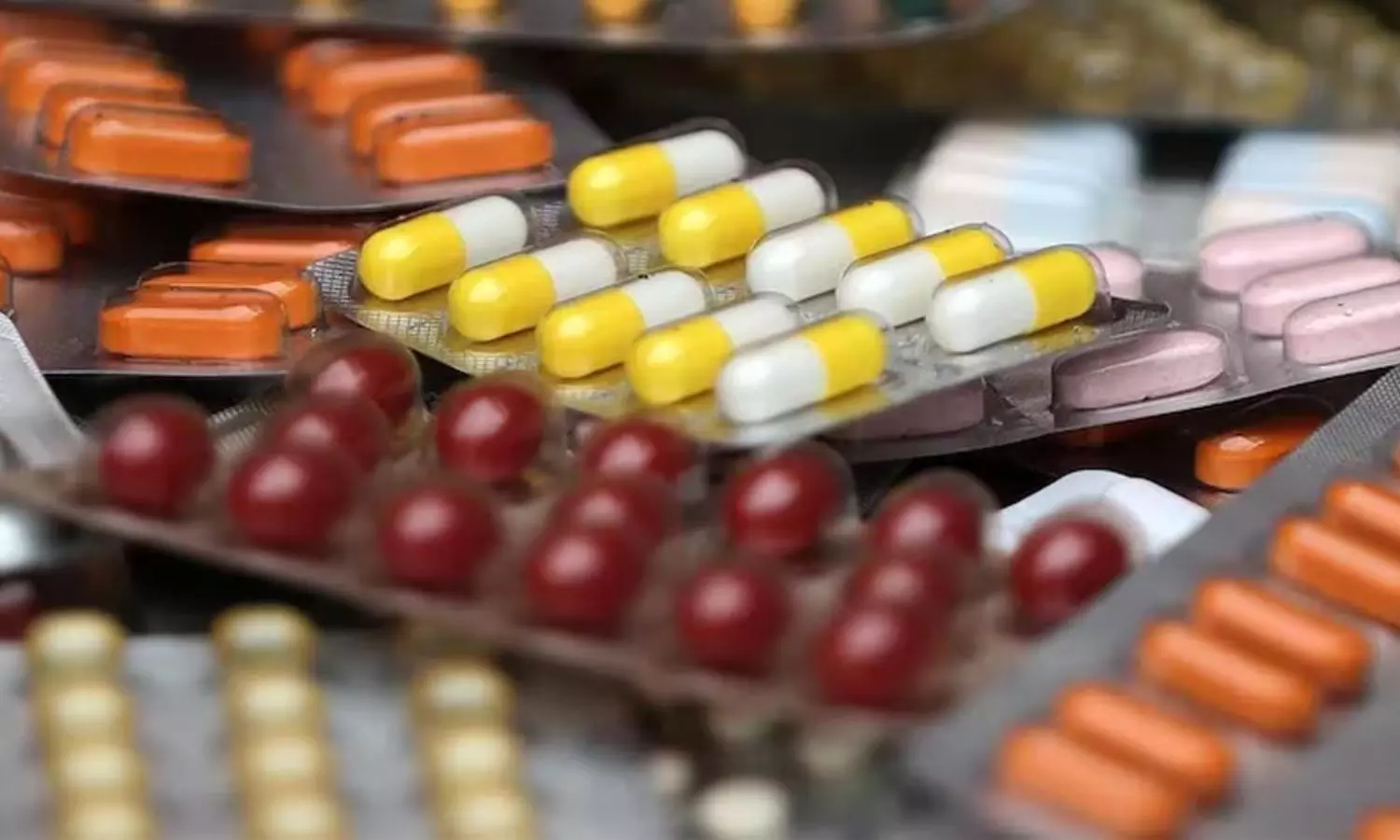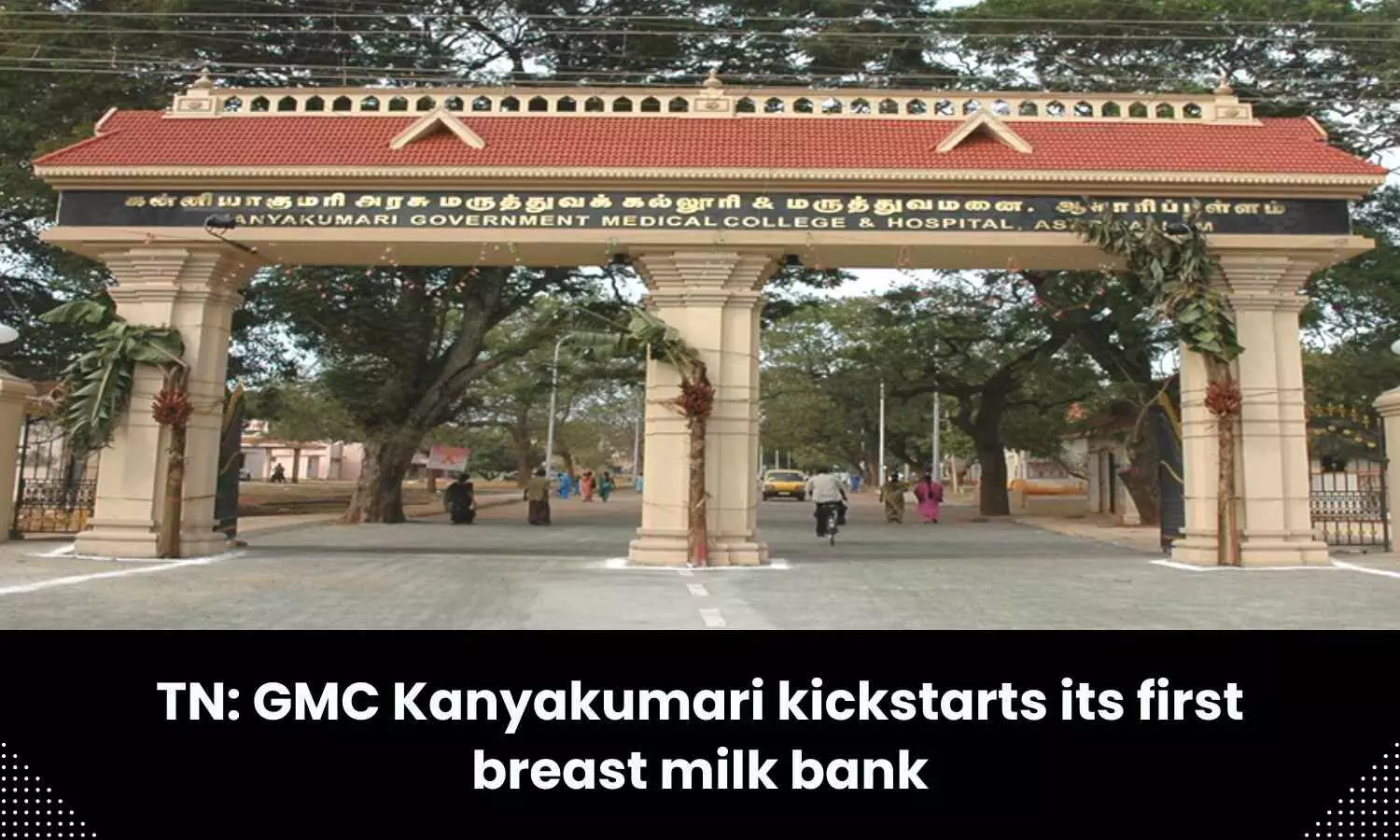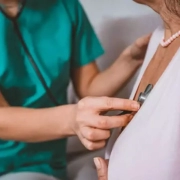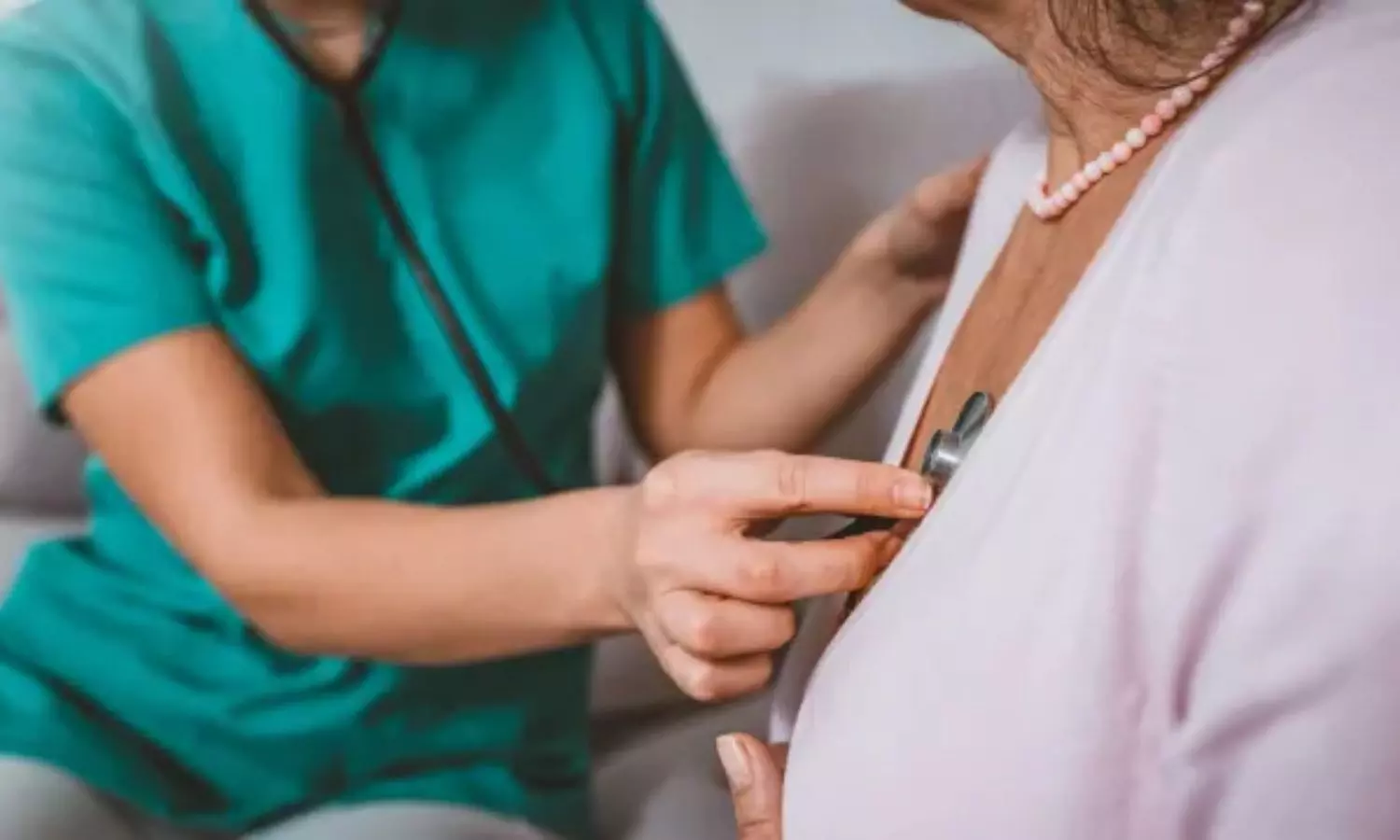Both digital and conventional fabrication of complete dentures yield comparable clinical outcome

Both digital and conventional fabrication of complete dentures yield comparable clinical outcome suggests a new study published in the Journal of Prosthetic Dentistry.
Reports on digitally fabricated complete dentures are increasing. However, comprehensive evidence-based research on their cost-efficiency and patient-reported outcome measures (PROMs) is lacking.
The purpose of this systematic review was to compare the cost-effectiveness and PROMs between digitally and conventionally fabricated complete dentures.
Material and methods
An electronic search of publications from 2011 to mid-2023 was established using PubMed/Medline, EBSCOhost, and Google Scholar. Retrospective, prospective, randomized controlled, and randomized crossover clinical studies on at least 10 participants were included. A total of 540 articles were identified and assessed at the title, abstract, and full article level, resulting in the inclusion of 14 articles. Data on cost, number of visits, patient satisfaction, and oral health-related quality of life were examined and reported.
Results
The systematic review included 572 digitally fabricated complete dentures and 939 conventionally fabricated complete dentures inserted in 1300 patients. Digitally fabricated complete dentures require less clinical time with a lower total cost, despite higher material costs compared with the conventional fabrication technique. Digitally and conventionally fabricated complete dentures were found to have significant effects on mastication efficiency, comfort, retention, stability, ease of cleaning, phonetics, and overall patient satisfaction, as well as social disability, functional limitation, psychological discomfort, physical pain, and handicap.
Digitally fabricated complete dentures are more cost-effective than conventionally fabricated dentures. There are various impacts of conventionally and digitally fabricated complete dentures on PROMs, and they are not better than one another.
To read this article in full you will need to make a payment
Reference:
Digitally versus conventionally fabricated complete dentures: A systematic review on cost-efficiency analysis and patient-reported outcome measures (PROMs)
In Meei Tew, Suet Yeo Soo, Edmond Ho Nang Pow. Published:November 23, 2023DOI:https://doi.org/10.1016/j.prosdent.2023.10.028
Keywords:
Both, digital, conventional, fabrication, complete, dentures, yield, comparable, clinical outcome, In Meei Tew, Suet Yeo Soo, Edmond Ho Nang Pow,Journal of Prosthetic Dentistry
Powered by WPeMatico




